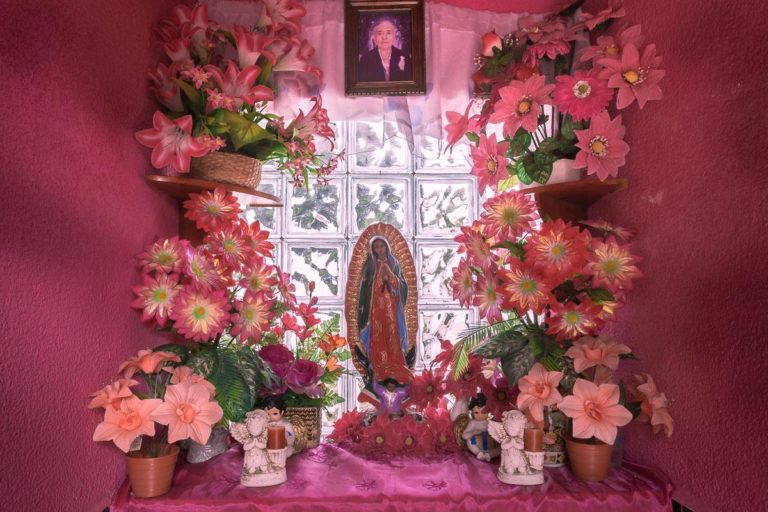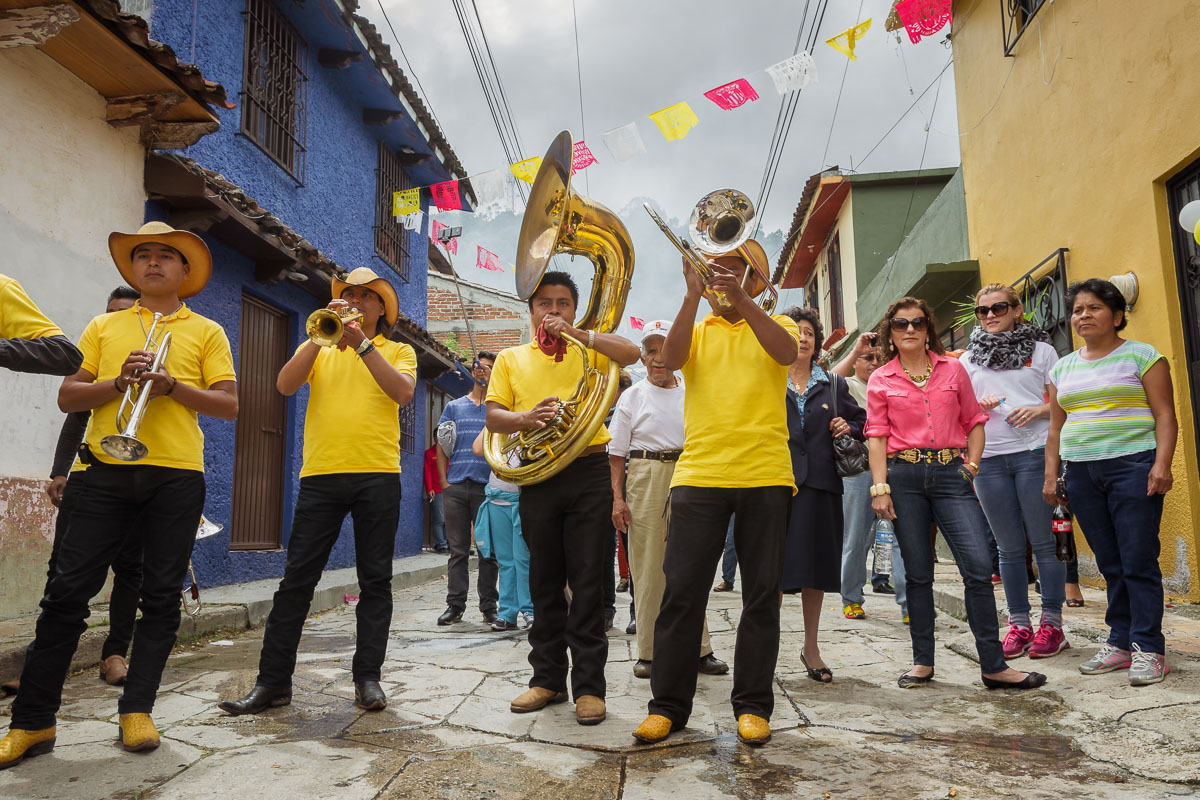San Cristóbal de las Casas, Chiapas: Mexico’s Wonderfully Rebellious State in the South
Watch this video slideshow of photos taken in San Cristóbal de las Casas, Chiapas.
Chiapas: Defying Preconceived Notions of Mexico
When you arrive in the colonial-era town of San Cristóbal de las Casas, eternally crowned by mountain clouds on Mexico’s southern tip, you would swear you had gone too far south and ended up in Guatemala. This might depend on what your definition of “Mexico” is, though.
To the outsiders, such as casual Americans, Mexico’s southernmost state of Chiapas at first seems like their stereotypical idea of Mexico, that place south of Texas which gifted them the yellow hard shell taco.
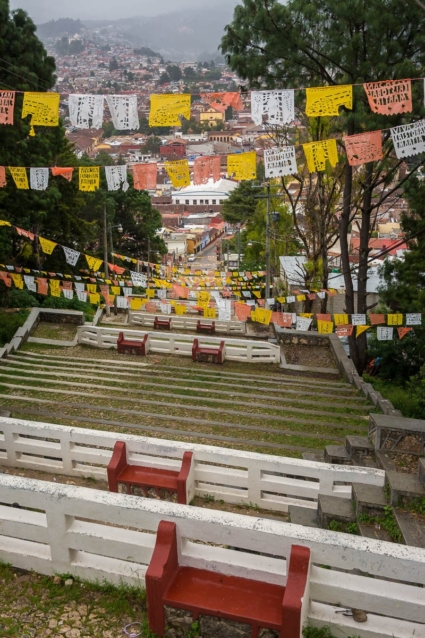
Here in San Cristóbal, indigenous women still dress in traditional brightly embroidered clothing while going about their daily tasks in town, picking up household goods or selling in the market. Surprises, such as an outdoor market with live turkeys and hanging meat, can appear around any corner or at the end of any twisted alley.
This is an older Mexico where resistance groups and guerrilla fighters in the jungle are actively making an active effort to maintain the traditions, language, and lifestyle of its many indigenous groups. This doesn’t make Chiapas impervious to outside mega influences such as Coca-Cola and Nestle, who continue to drain the area’s watershed of its natural resources, but it’s a vocal, active resistance.
In fact, the streets of San Cristóbal de las Casas have an almost European vibe, helped out by its mixture of backpackers, European expats, and 16th-century colonial architecture. But the further you get away from the hub-bub of the 160,000-person city, the more indigenous faces you see, and fewer mestizo ones.
Almost everyone I know (Mexicans and foreigners alike) describes Chiapas as magical, calling it one of their favorite places to visit in Mexico. Mexicans have a greater regard than Americans for the places and traditions in their own country, able to appreciate them in the same way that Americans might enjoy an exotic foreign destination.
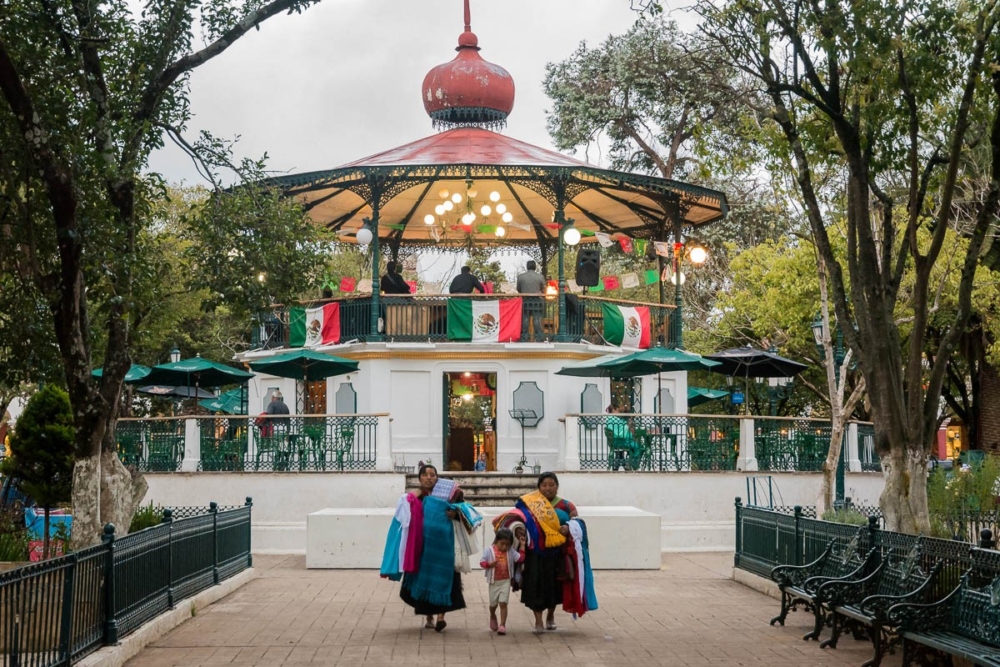
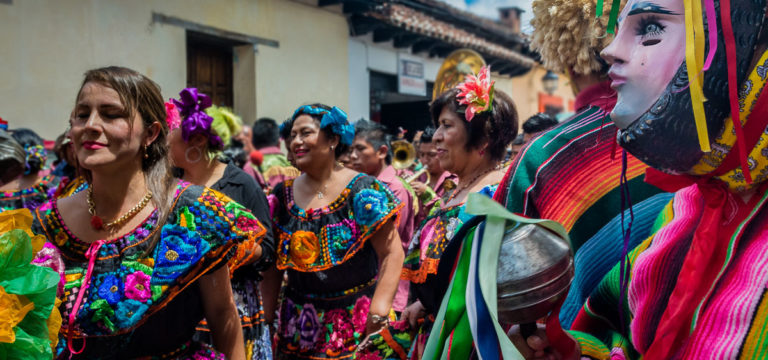
La Fiesta de La Merced
Towns and cities in Mexico can be sectioned into barrios or neighborhoods. San Cristóbal de las Casas’ 11 historical barrios are the product of colonial segregation that resulted after the city was founded in 1528. The Spanish took up the center of the city and relegated the indigenous groups to the outskirts.
In the city, they, of course, built churches — elaborate ones large enough to convert the natives into proper God-fearing Catholics.
It didn’t work. Indigenous religions are still in Chiapas today and sometimes Catholicism is just one element thrown into the religious mix. A mix that in this part of the country can sometimes include black magic, witches and animal sacrifice.
But in the towns and cities where the Spanish colonialists settled in great numbers, Catholicism took hold. And today 83% of Mexicans consider themselves Catholic according to the 2010 census.
One of the ways that the faith is kept among the people is through the Fiestas Patronales. These are multi-day (usually week-and-a-half-long) fiestas are dedicated to a saint or incarnation of the Virgin Mary. It’s a deeply religious event, with processions and extra church services, but for many, it’s also a party, with late-night drinking and music going until 2:00, 3:00… 4:00 in the morning.
In San Cristóbal’s barrio La Merced, they honor the Virgin of Mercy in various ways for the entire month of September, including processions such as this one.
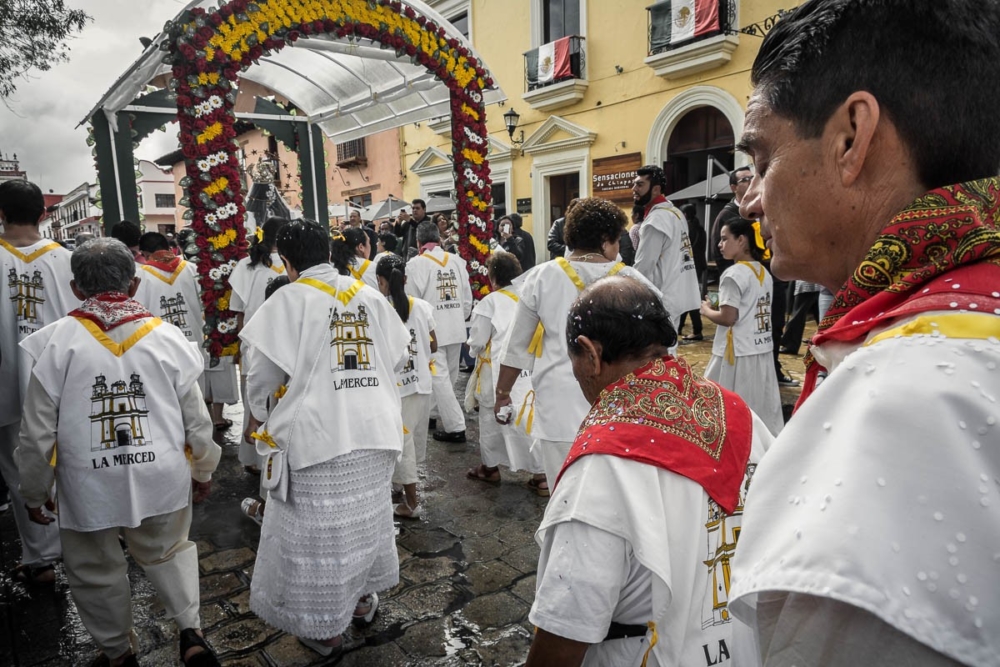
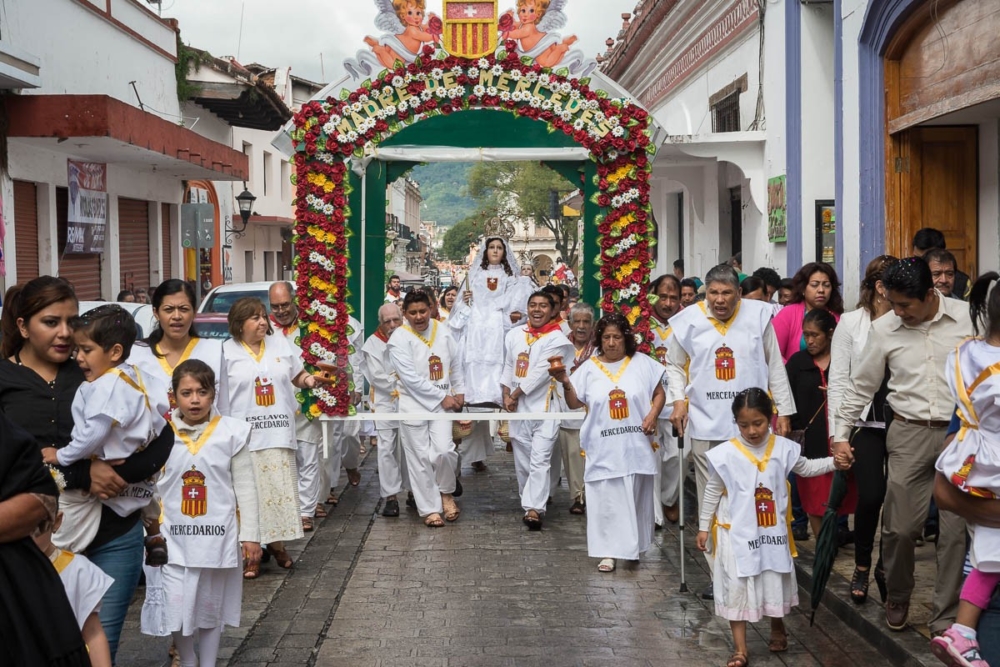
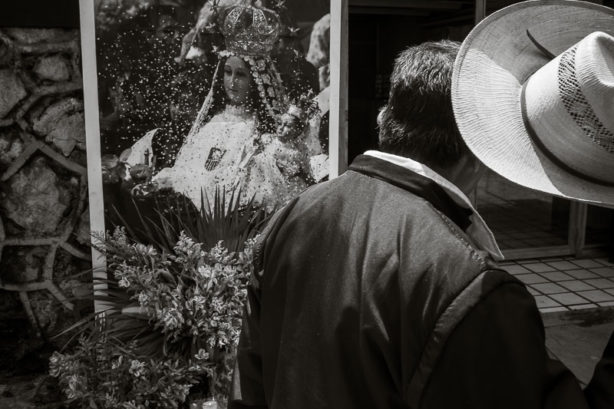
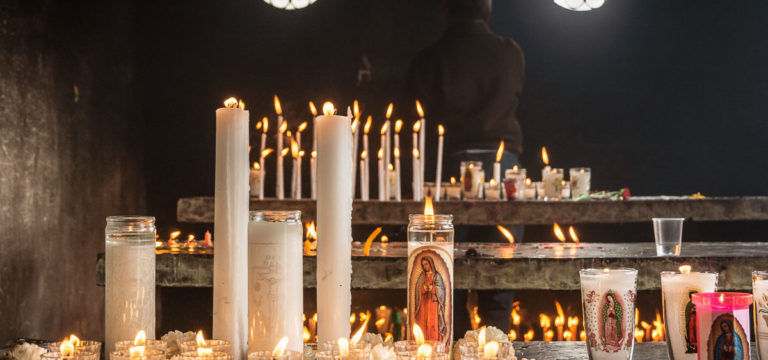
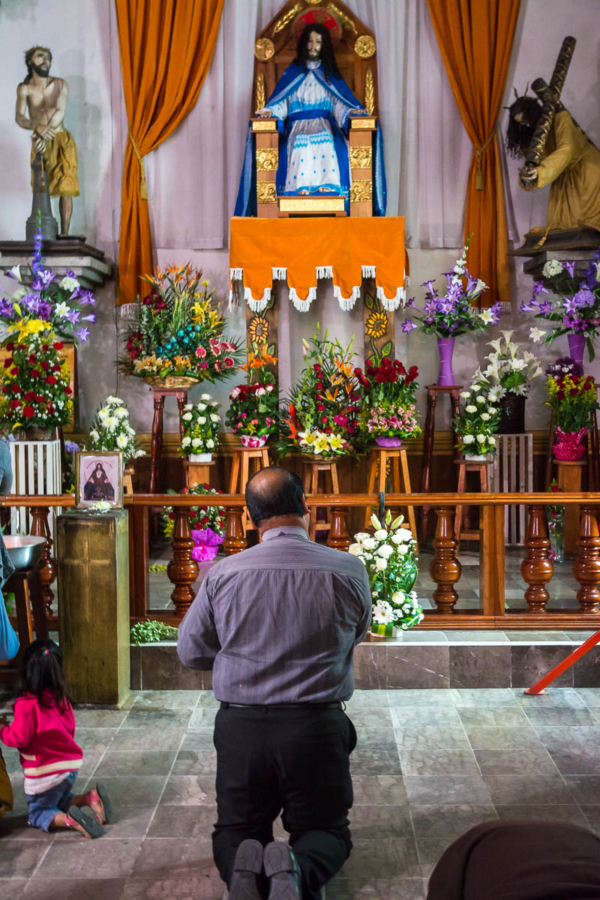
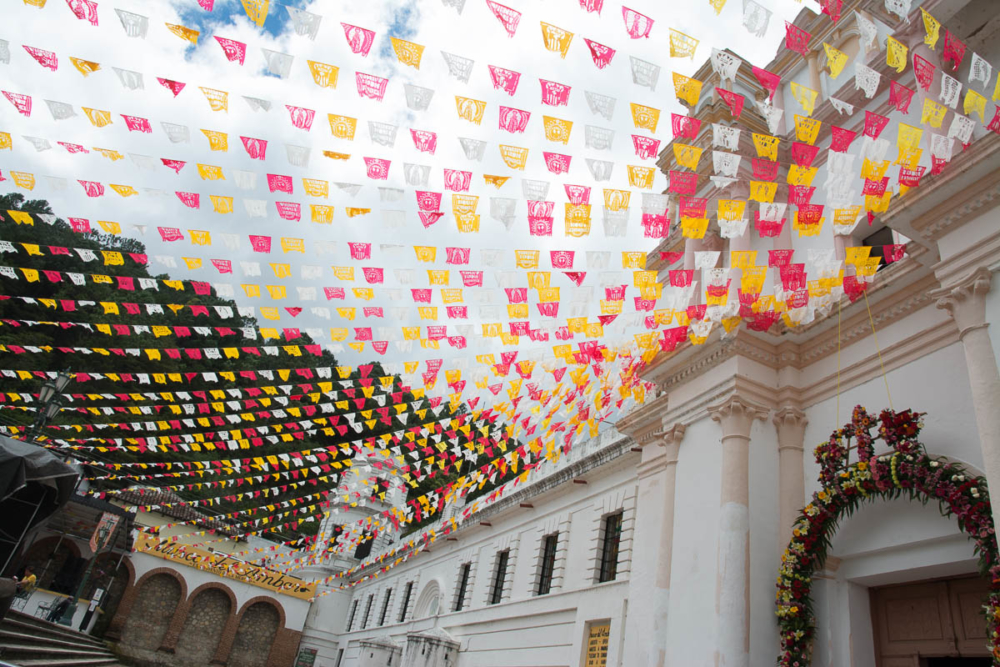
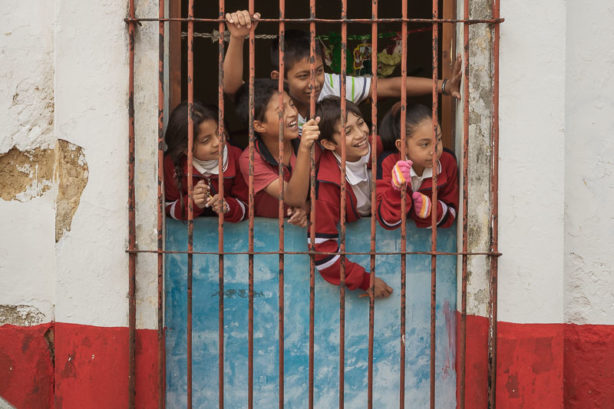
El Anuncio de los Panzones
By far the most visually dazzling part of the fiestas patronales, perhaps anywhere in Mexico, are the panzones that accompany the procession for the Virgin de la Merced.
The panzones (which means large stomach or fat person) use suspenders to hoist enormous tire tubes around their waists. Then they don colorful, custom-made dresses and put on scary masks, while dancing and jiggling for hours through the downtown streets of San Cristóbal de las Casas.
This is a tradition that originated in San Cristóbal and is a unique tradition to the town. (Though on YouTube you can find the same panzones during a fiesta in Ocótlan, Jalisco.)
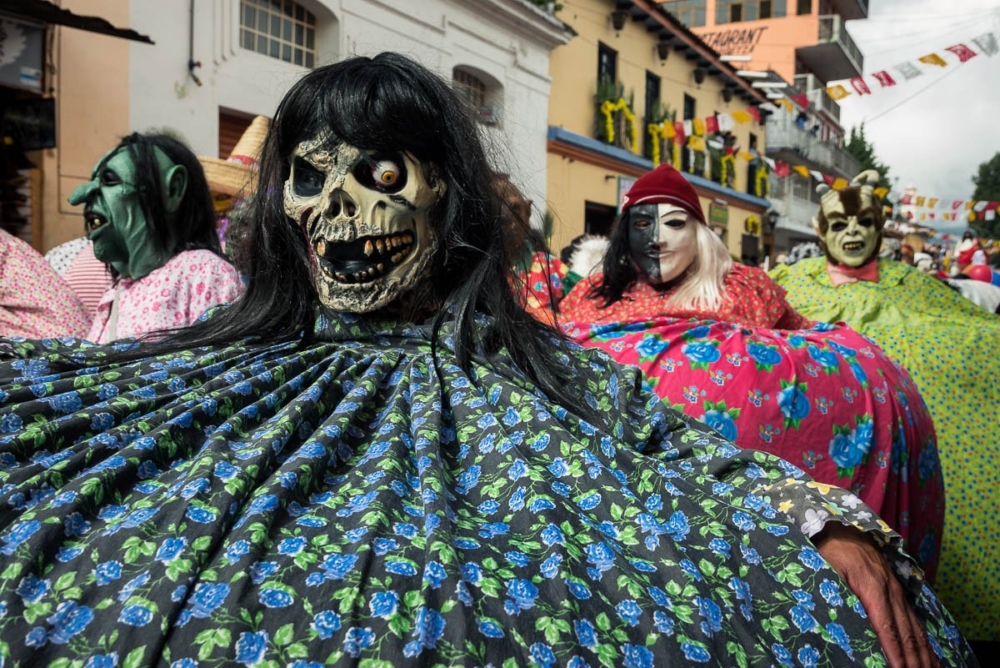
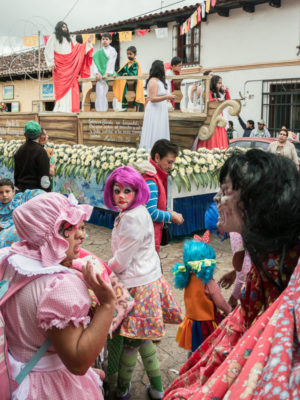
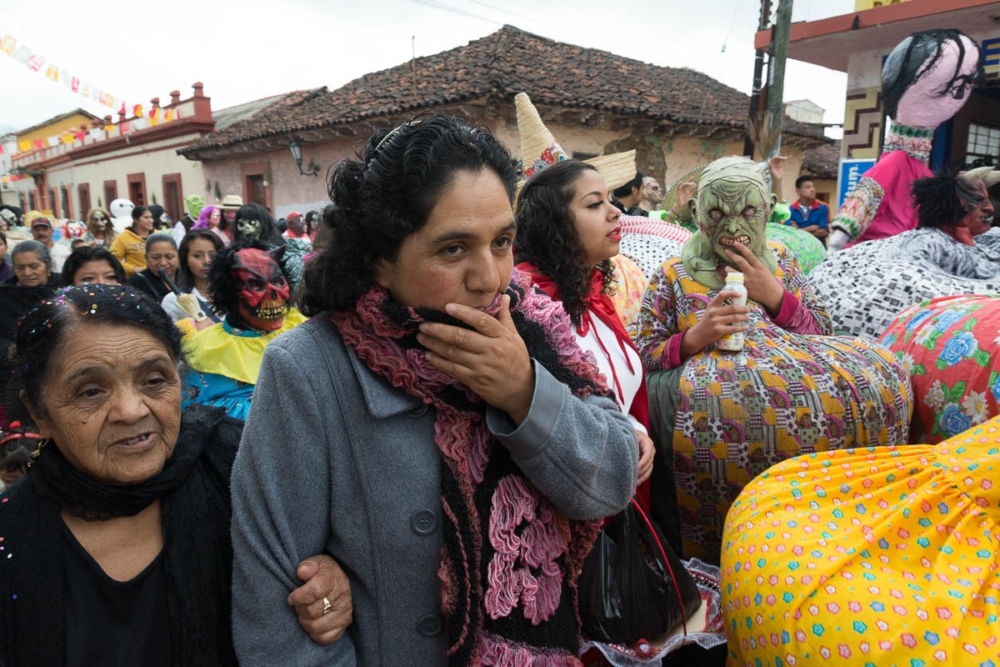
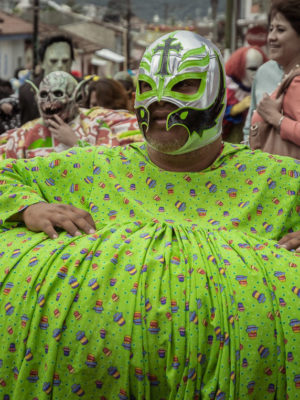
This video taken from YouTube gives a good idea of what the opening day of the Fiesta de la Merced is like.
The Zapatistas: Chiapas Is Rebel Country
Chiapas’ history is one that always returns to the subjugation its indigenous people, from pre-Aztec times and the colonial conquest, through today. Contemporary methods of racial and economic slavery work in the more subtle ways of neoliberalism. They take the form of exploiting indigenous land rights in the name of large international corporations, such as Nestlé and Coca-Cola.
In defiance of all this, in 1994 a group of peasant indigenous farmers rose out of the jungle and took up arms against the Mexican government. They wanted to incite a national revolution so the government sent in the army and infiltrators to take out the leaders, one of which was a masked man who smoked a pipe and spoke to the world in a series of written communiques which seemed to be written more by a poet than a politician or a guerrilla leader.
More than 20 years later, the Zapatistas live in autonomous communities in the highlands of Chiapas, which are kept off-limits to outsiders and the government. They provide themselves with their own healthcare, education and social programs. Ordinary villagers form their own government and women make up 50% of the seats. One of the first official acts the Zapatistas did was to create a women’s bill of rights, called Women’s Revolutionary Law.
Since settling on non-violent methods after their initial 1994 uprising (and garnering international sympathies), the Zapatistas have been models of resistance for all disenfranchised groups fighting against neoliberalism in all parts of the world, not just the indigenous peoples of Chiapas.
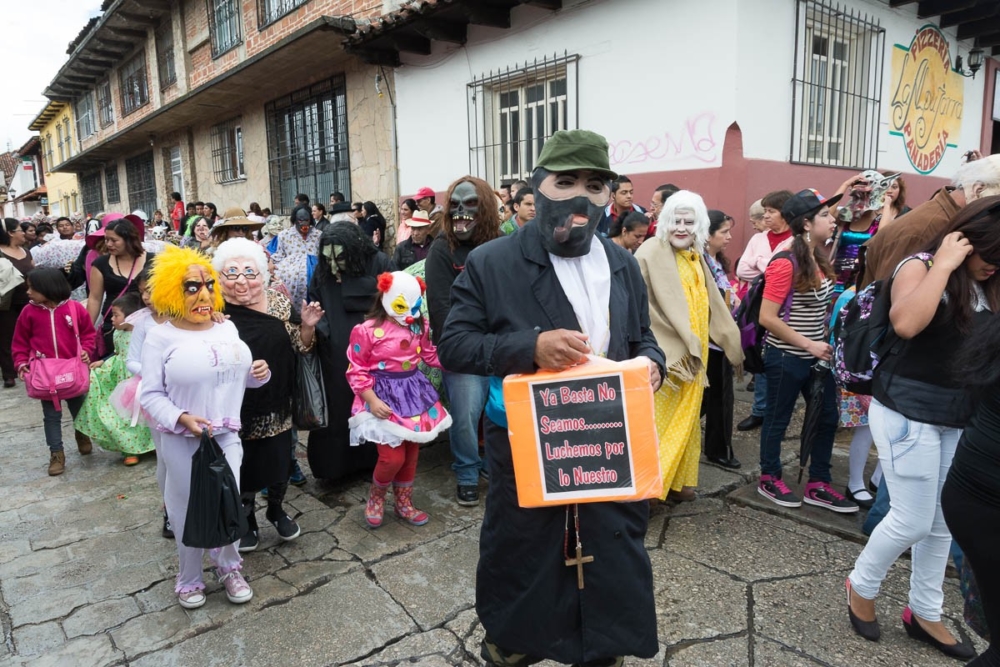
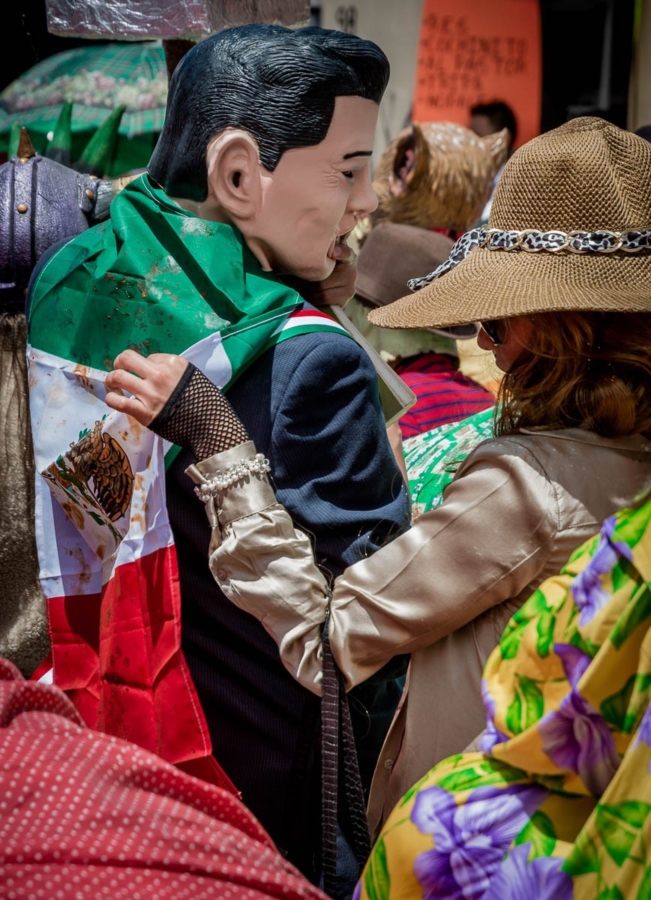

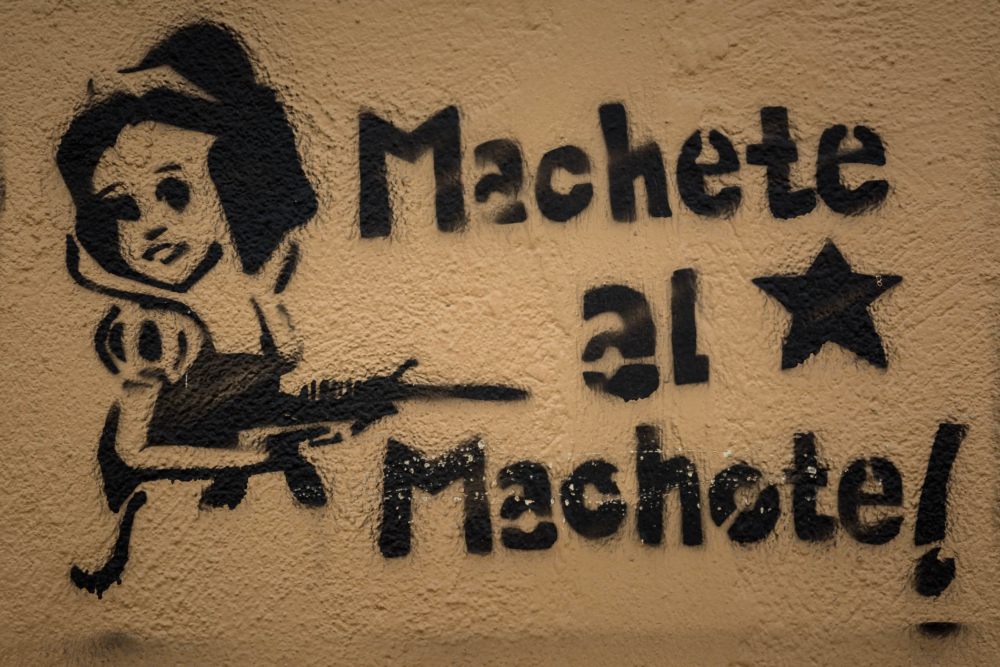
VIDEO: Neoliberalism in three minutes.
Street Art in Mexico
Mexico’s street art community is not exactly what you might describe as robust. But it exists and thrives best in the largest cities, such as Guadalajara and Mexico City, where the city life contrasts greatly with life in the country. San Cristóbal, though a town of 100,000, still has a small-pueblo feel to its very large central zone. It’s a vibrant street-art town no matter what the standard is, much of it centered around the themes of indigenous life and rebellion.
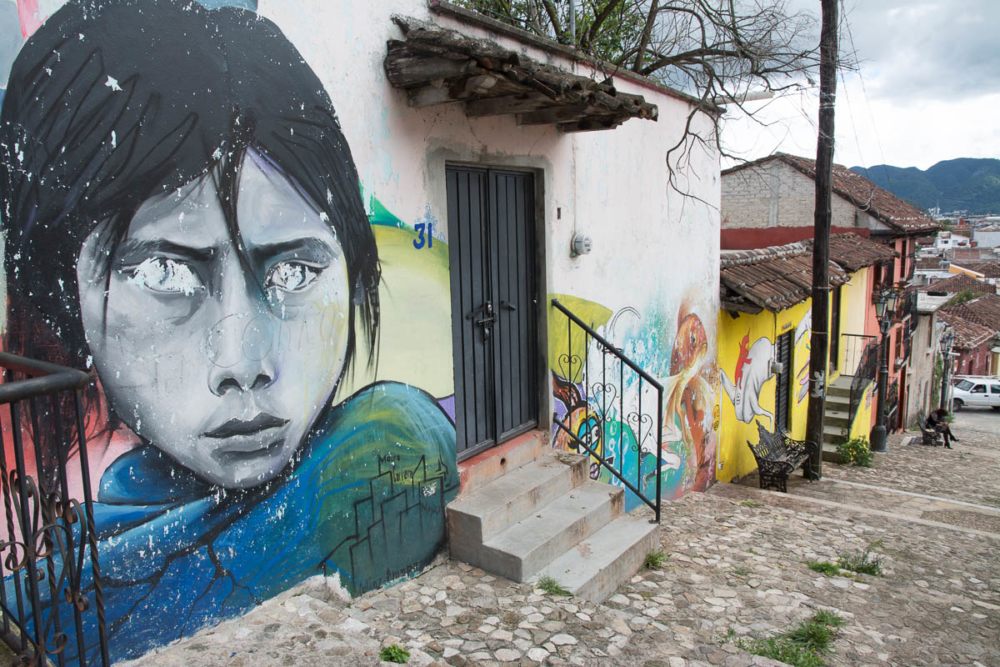
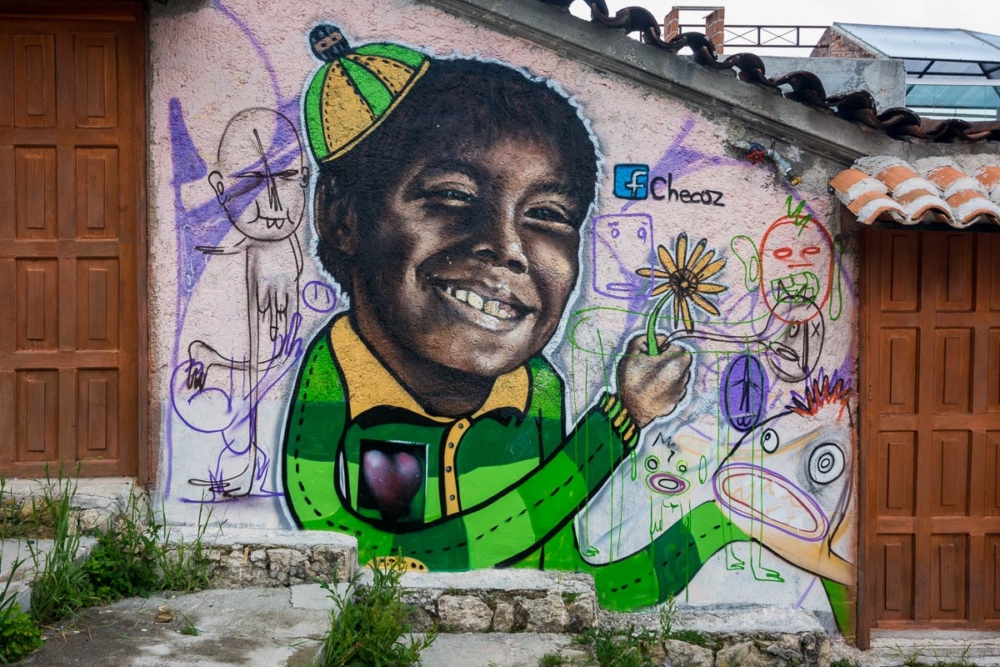
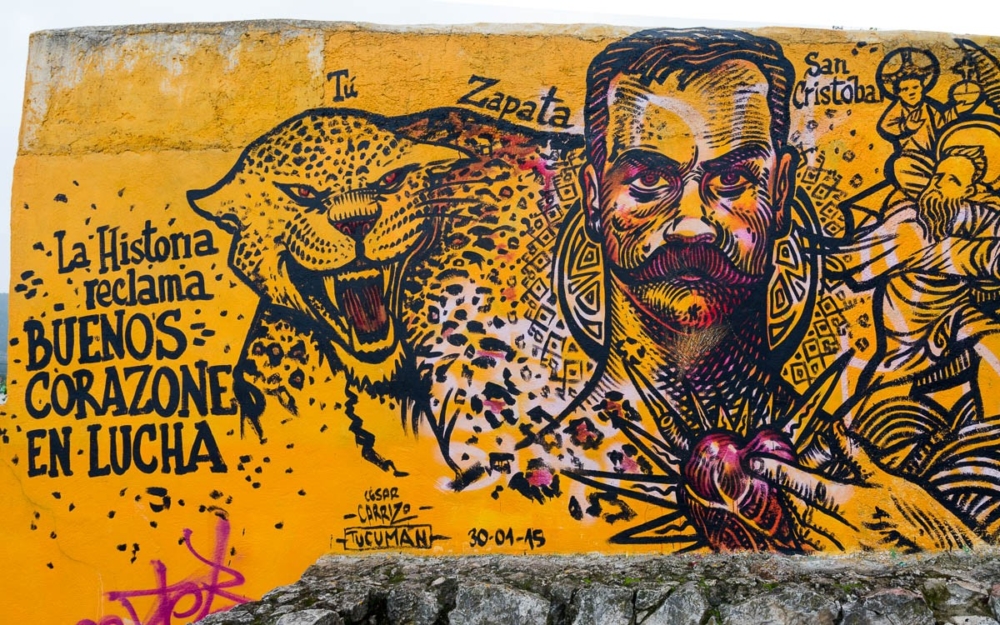
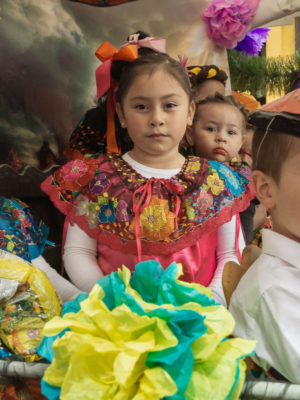
A World of Markets of All Kinds in San Cristóbal de las Casas
In San Cristóbal de las Casas, a market seems to be around every corner, each one larger and more sprawling than the last one you stumbled onto. Some are indoors and others are filled with vendors in open-air stalls. Most specialize in selling one kind of thing, be it food or textiles.
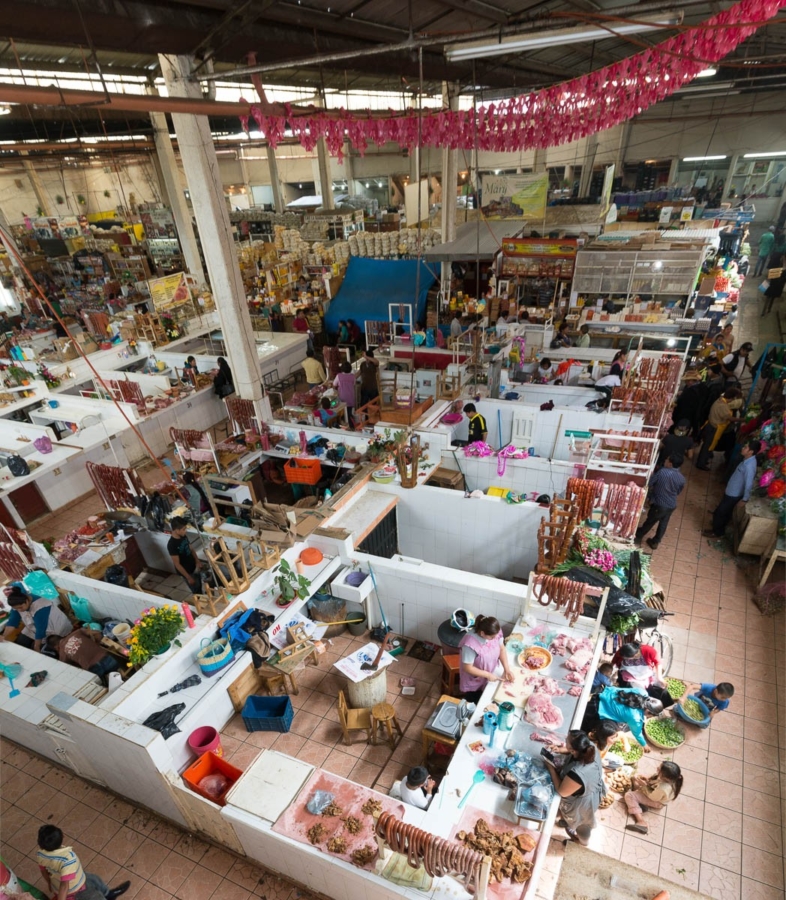

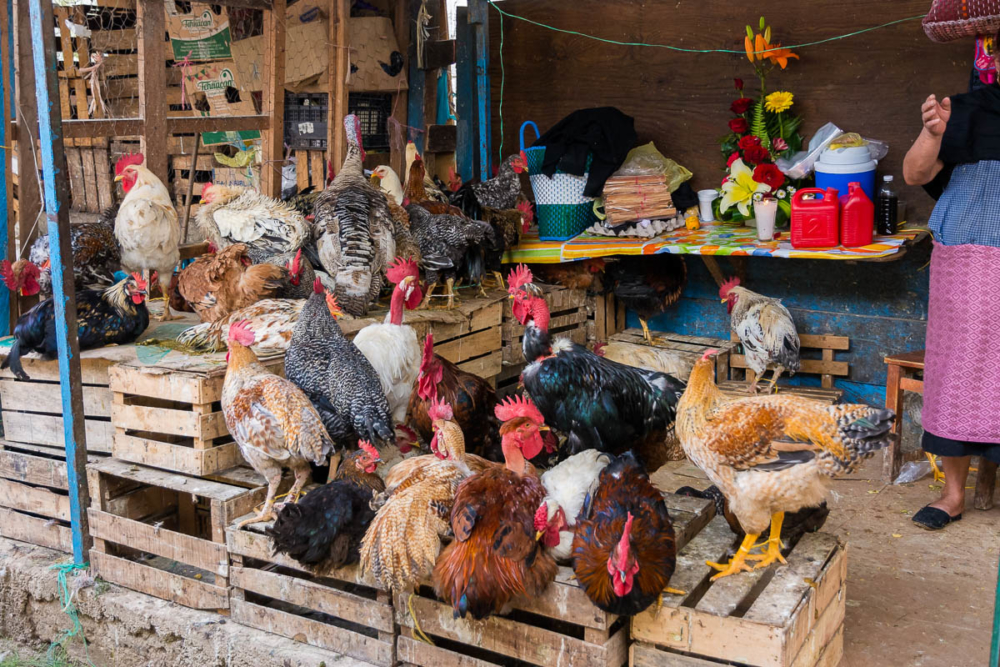
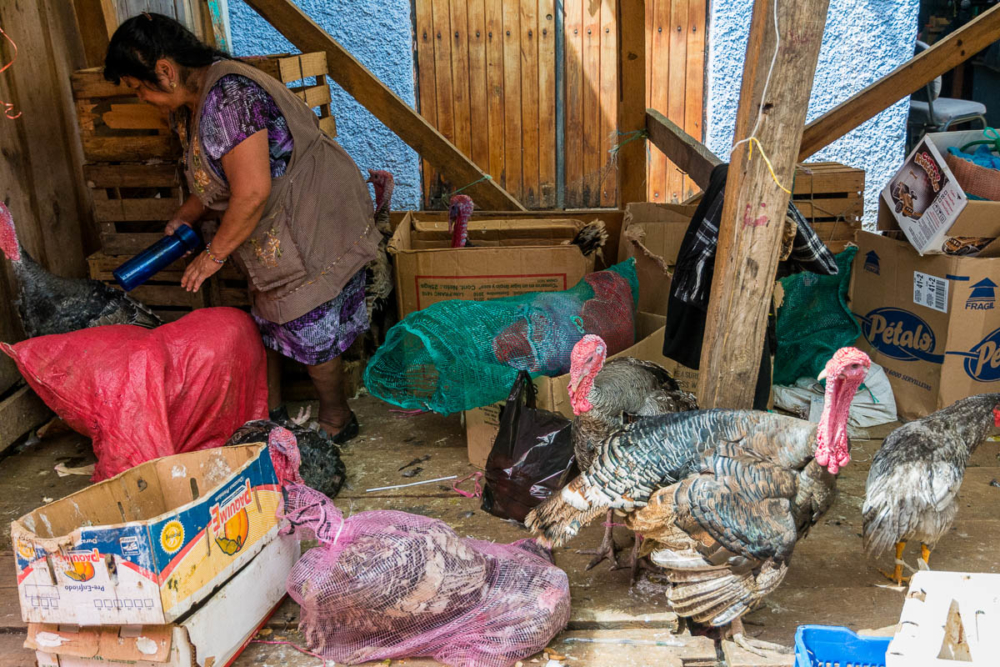
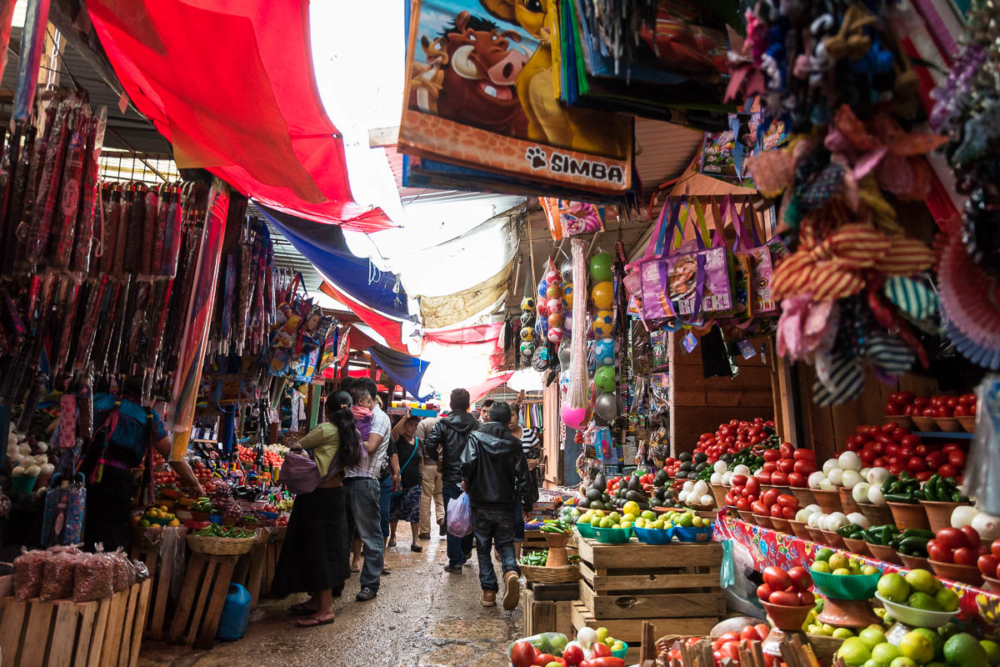

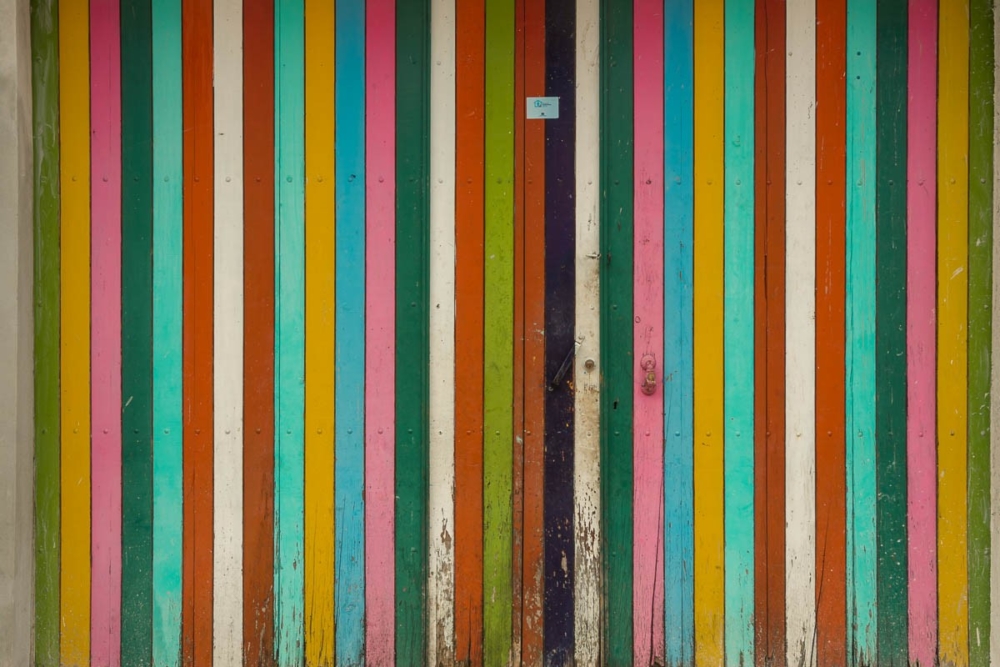
La Quema de Pólvora
On the second day of the Fiesta de la Merced, they set the streets on fire. Pretty literally. Does making a line of gunpowder a kilometer long and connecting it with little sticks of dynamite every foot count? Then yes, they literally set the streets on fire during the Quema de Polvora, while bystanders gather and watch it come towards them before backing away to let it pass at a safe distance. The explosions are deafening as the line of burning gunpowder travels block to block for a kilometer ahead of the morning procession for the Virgin de la Merced.
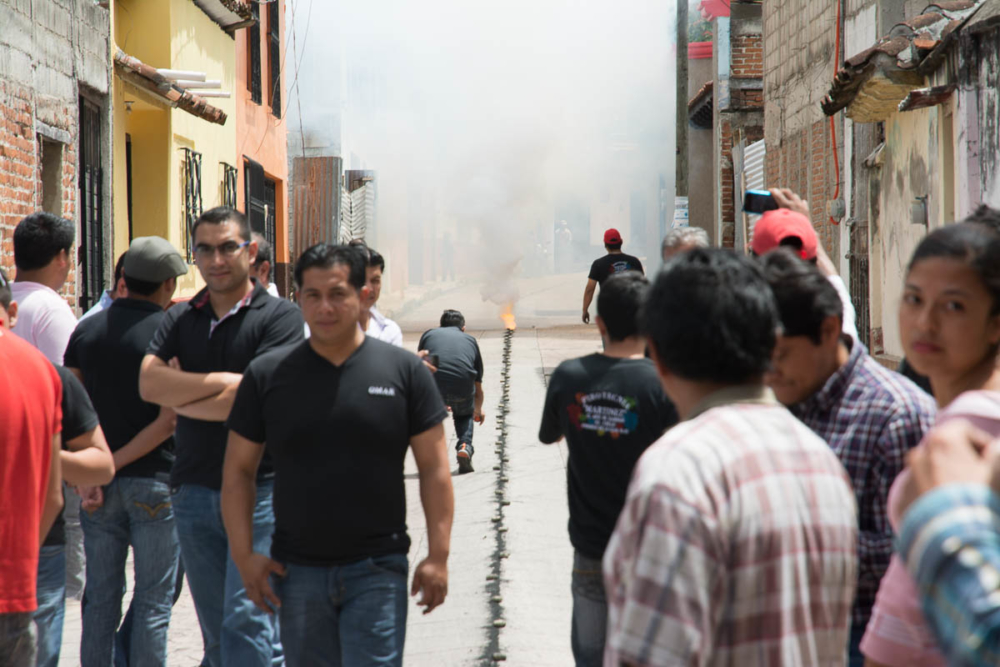

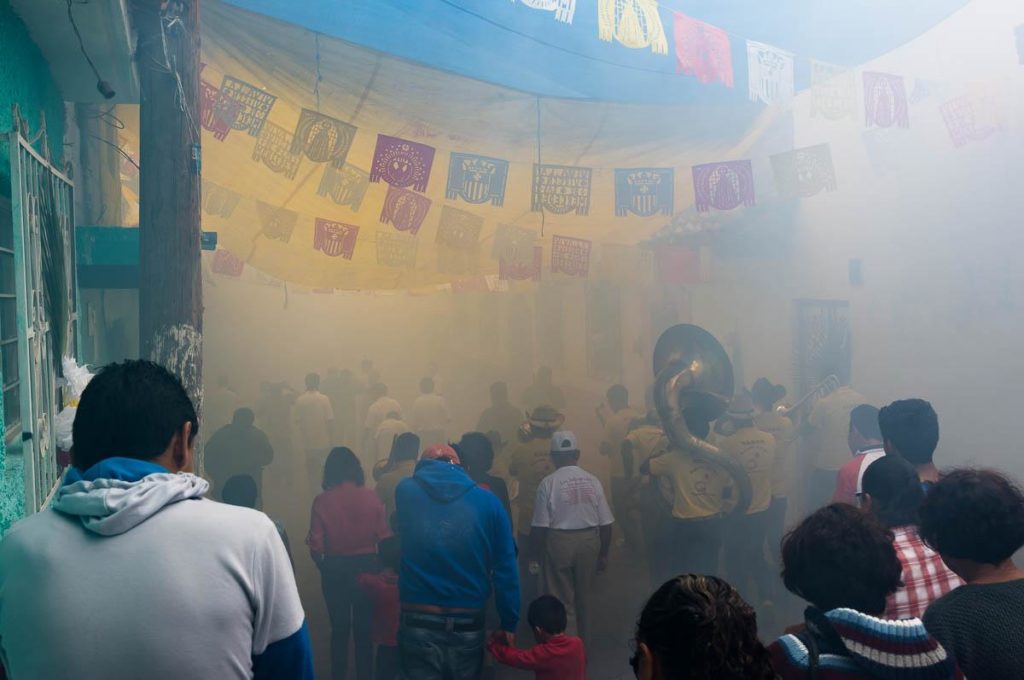
In this video you can see (and hear) the explosions during the Quema de Pólvora during the Fiesta de la Merced in San Cristóbal de las Casas, Chiapas, Mexico.
